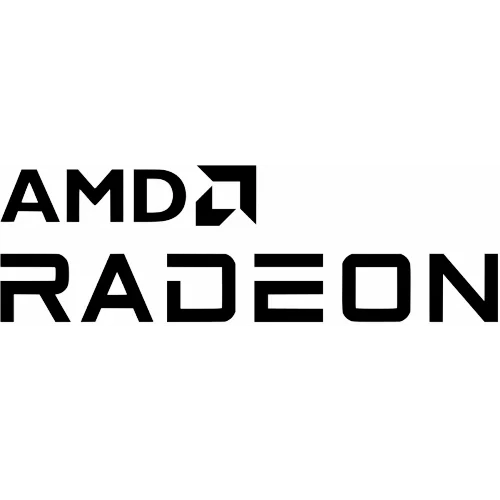Mesa Radeon Driver "RADV" Ray-Tracing Performance Becoming Viable For Linux Gaming

While RADV RT support has been available for months with Mesa, its performance hasn't been exactly great. There have been many issues to overcome for this Mesa Vulkan driver to efficiently provide ray-tracing support on AMD GPUs. But after a lot of persistent work by Bas Nieuwenhuizen, the Valve developers dedicated to the open-source graphics stack work for Linux, and others, the big investment is beginning to pay off.
Another one of the big RADV RT merge requests to reach mainline Mesa is adding a scratch stack to reduce the LDS stack in ray-tracing traversal. One user testing out the patches over the past week has noted it works "splendidly" now for the games Control and Resident Evil 8. Another user reported that performance with Control is "definitely better" and also no longer exhibiting a hang.
Quake II RTX has been a common test target for open-source Vulkan driver developers evaluating ray-tracing performance.
A Phoronix reader reported over a 90% performance improvement with the latest Mesa when trying out Quake II RTX. That big boost also takes it now above the 60 FPS threshold from 44 to 84 FPS.
Overall it looks like we are hitting the stage where RADV ray-tracing is becoming mature enough and fast enough for Linux gaming. This is a great milestone since up until recently the Radeon ray-tracing on Linux has required using AMD's proprietary Vulkan driver. AMDVLK just added ray-tracing with AMD's new GPURT project but that effort too appears to be in the early stages.
Hopefully by Mesa 22.3's release next quarter or Mesa 23.0 in the new year the RADV RT code will be ready for some benchmarking comparisons and seeing how well it can stack up against NVIDIA's long-mature ray-tracing support on Linux with their proprietary driver.

